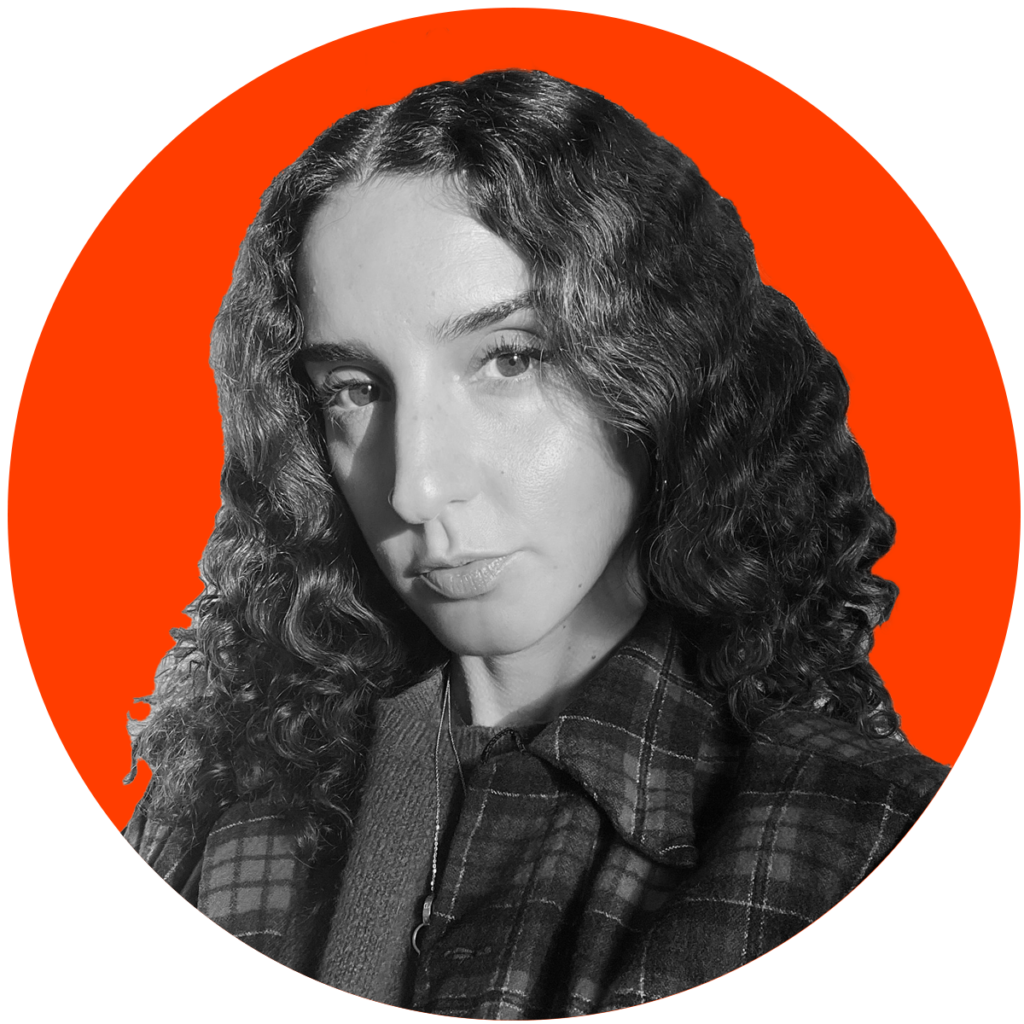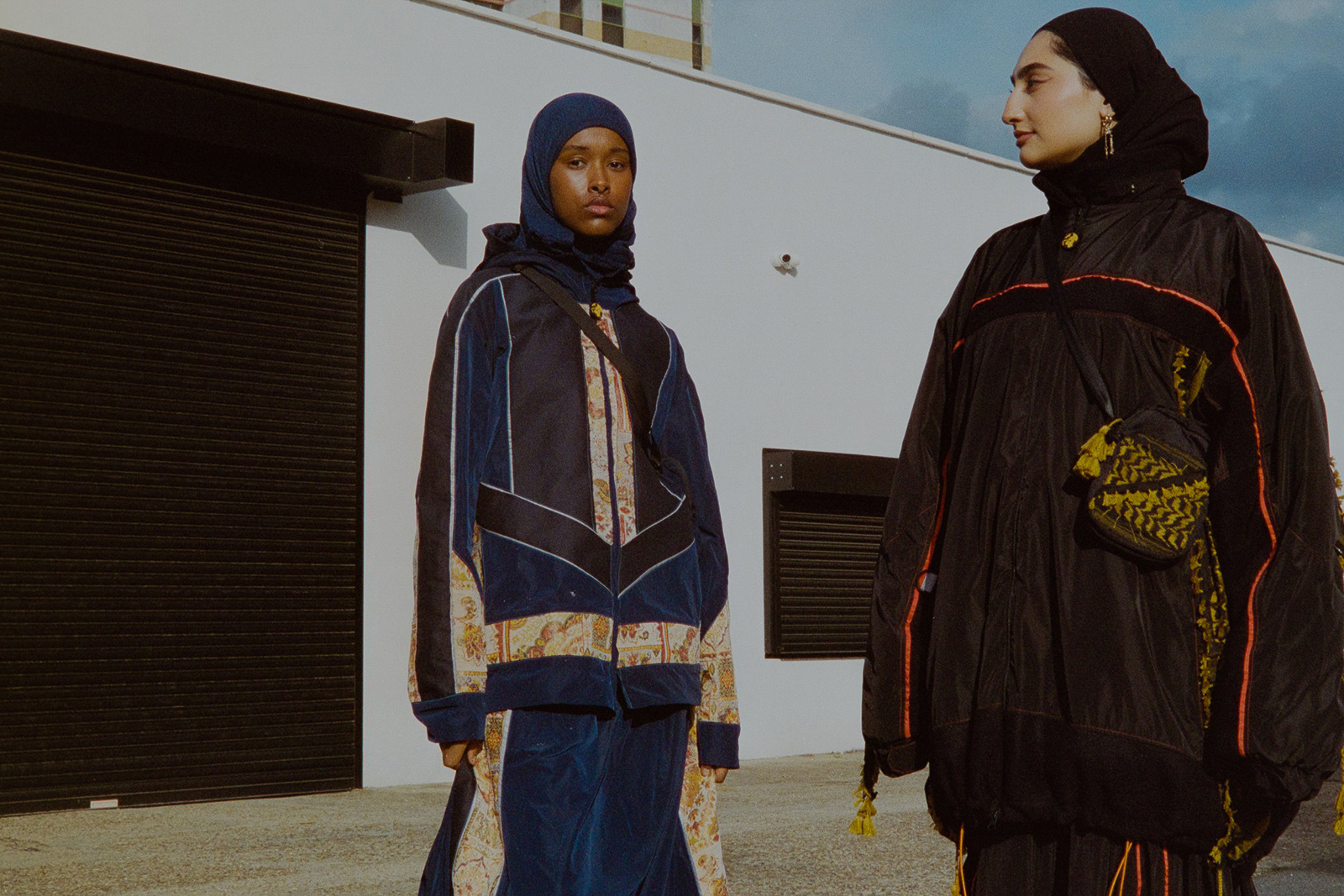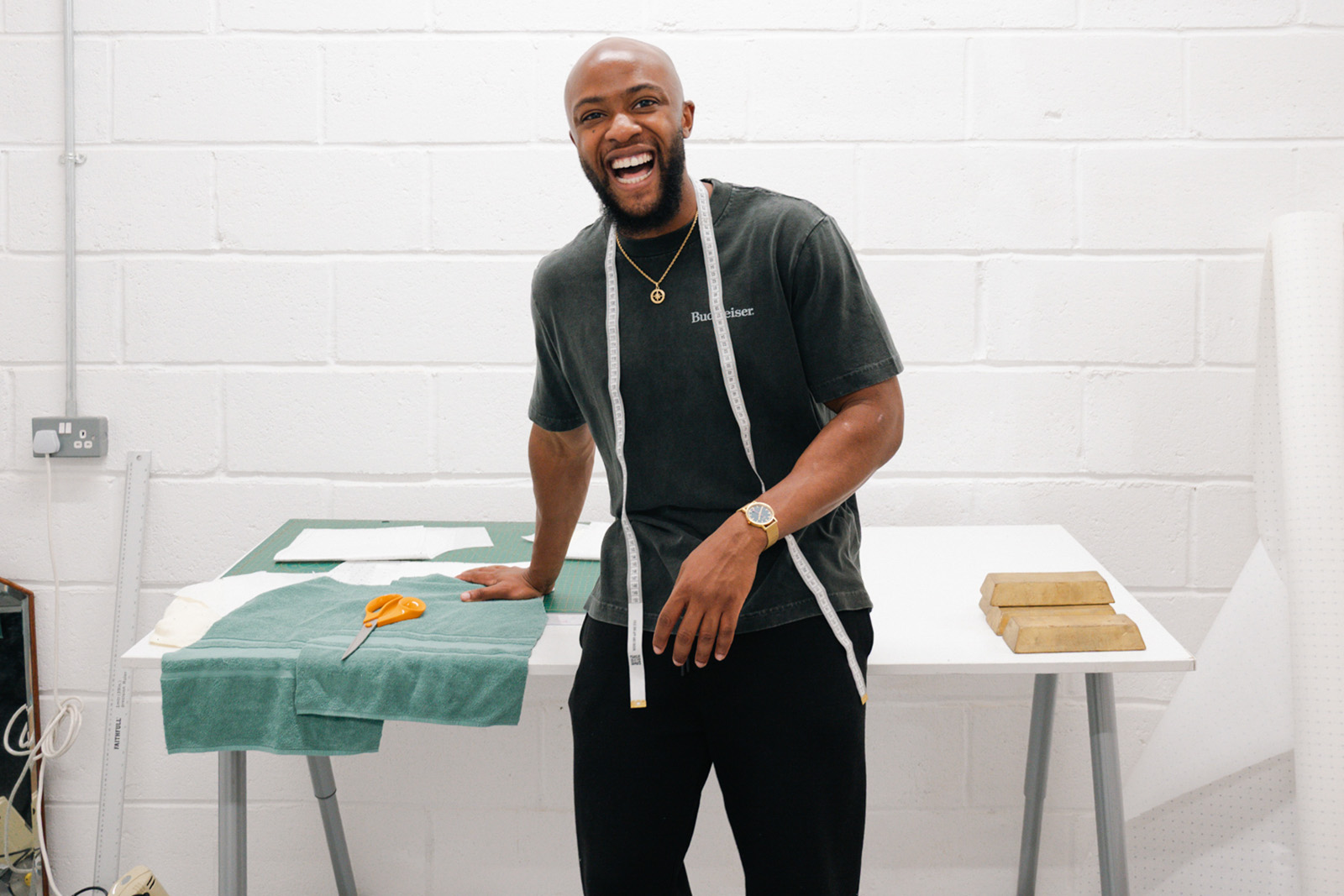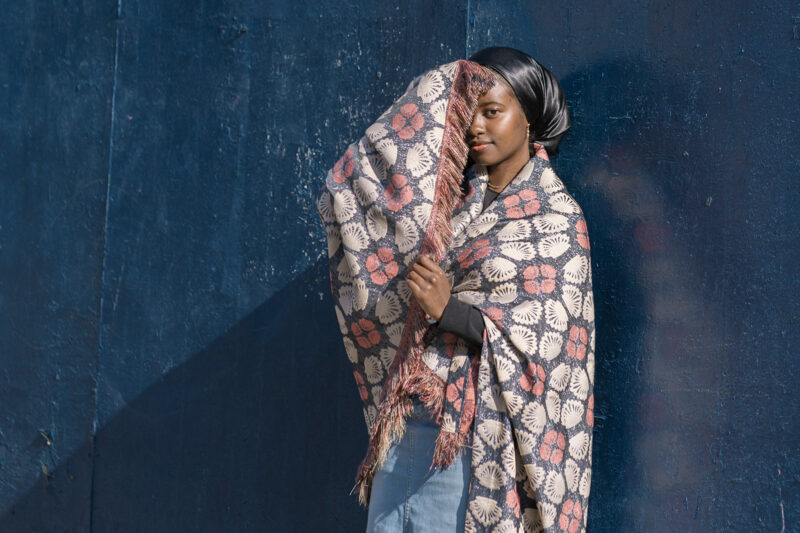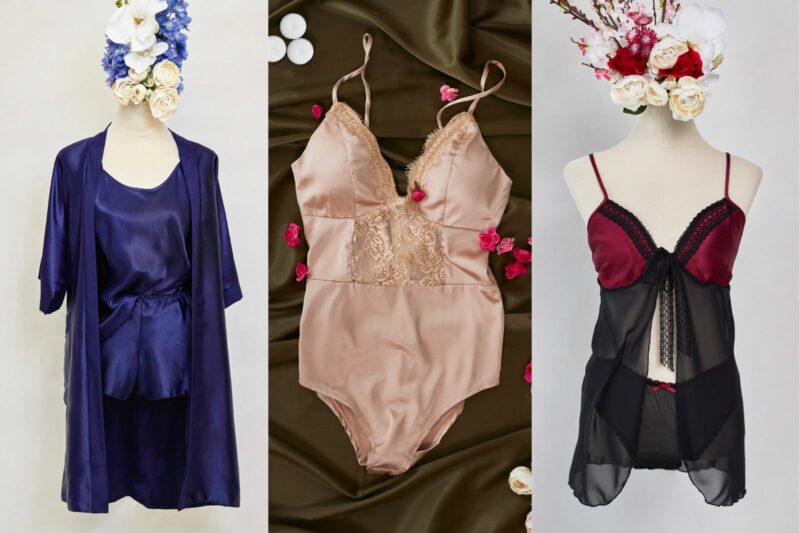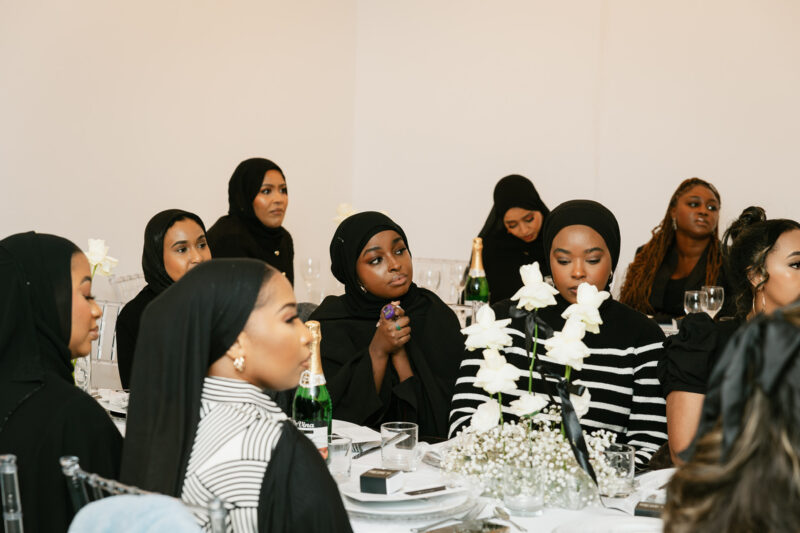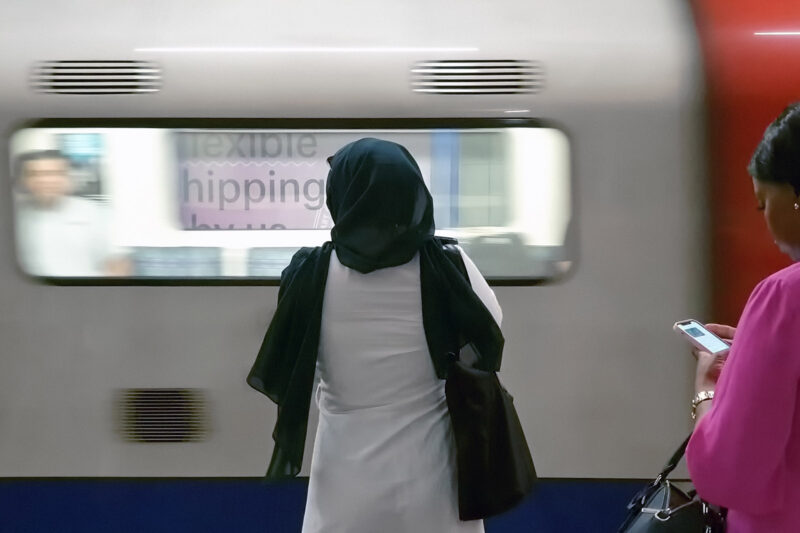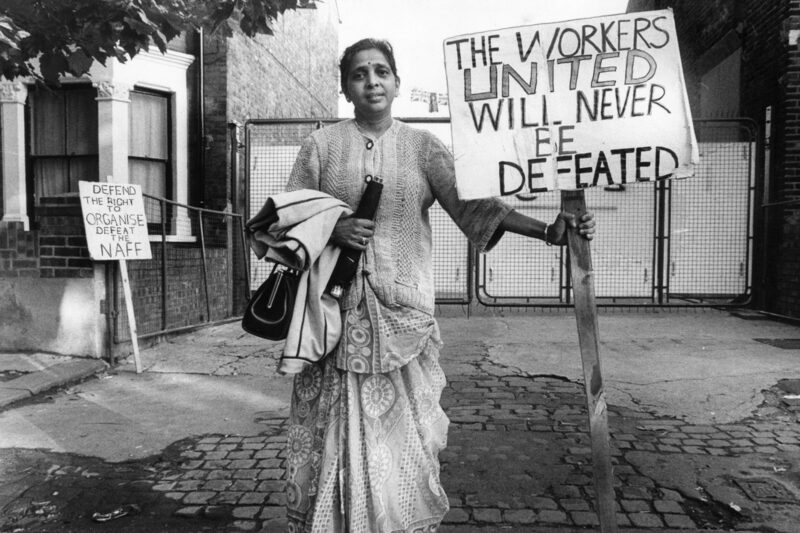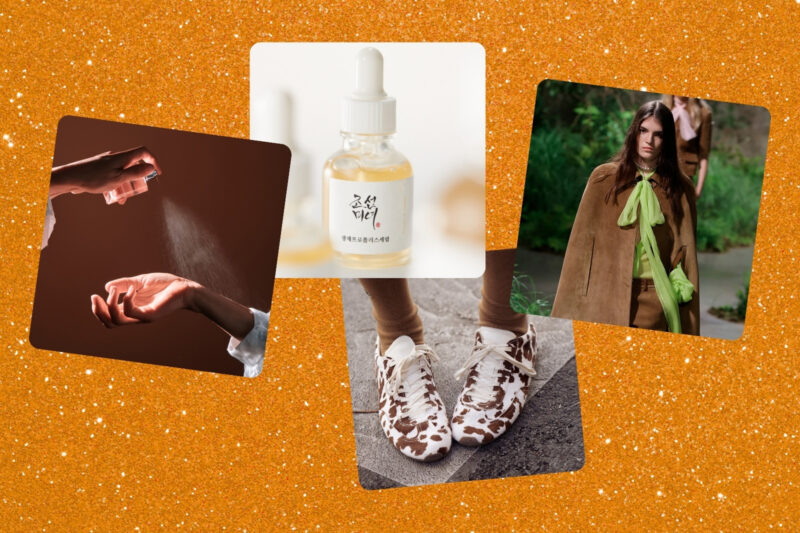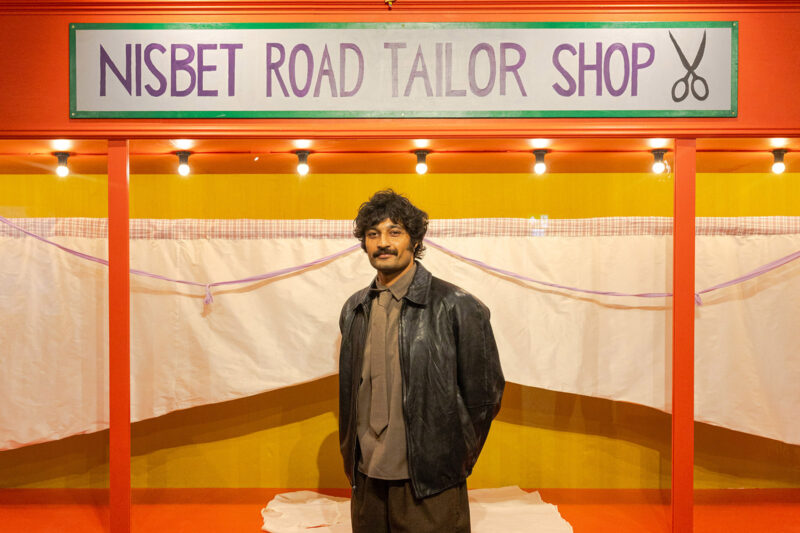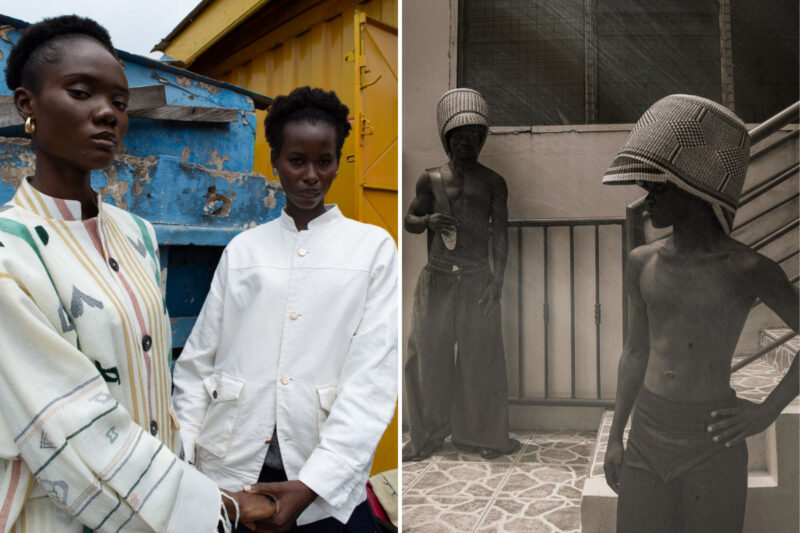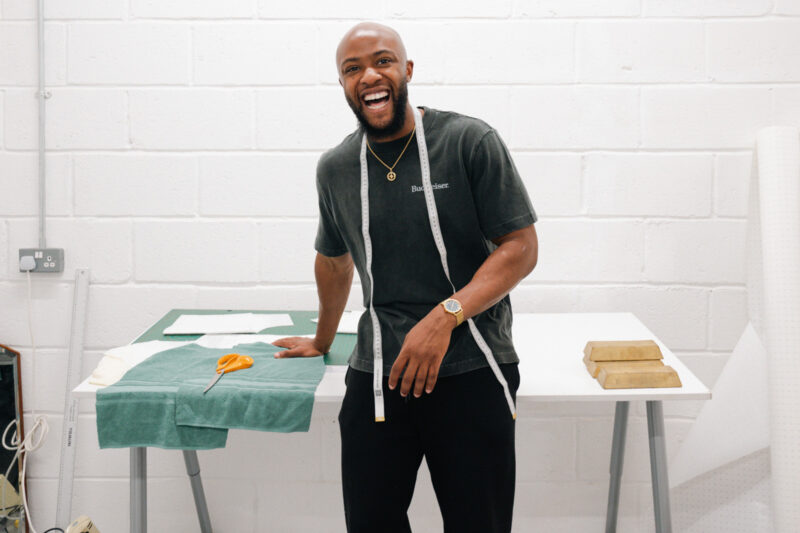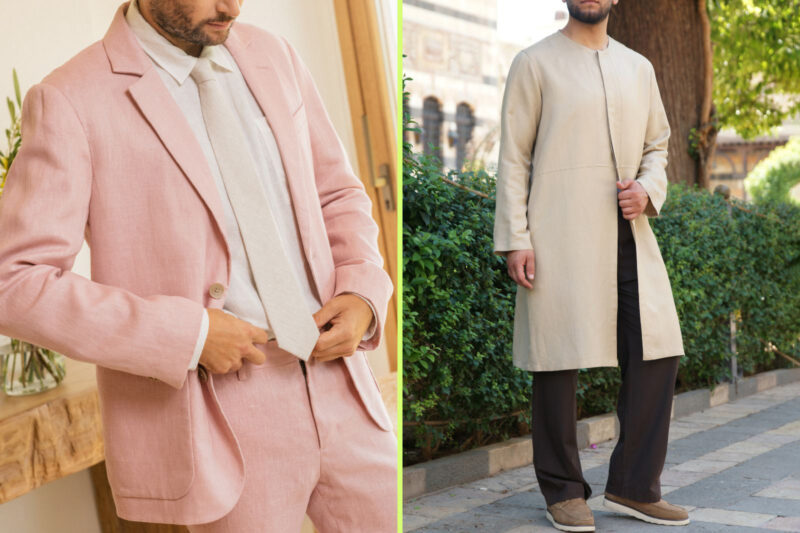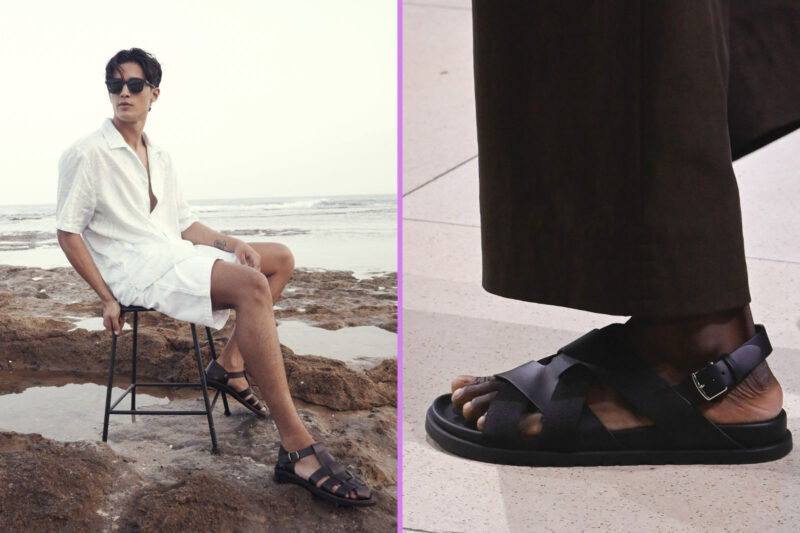Storytelling through scarves: textile workshop celebrates women’s resistance
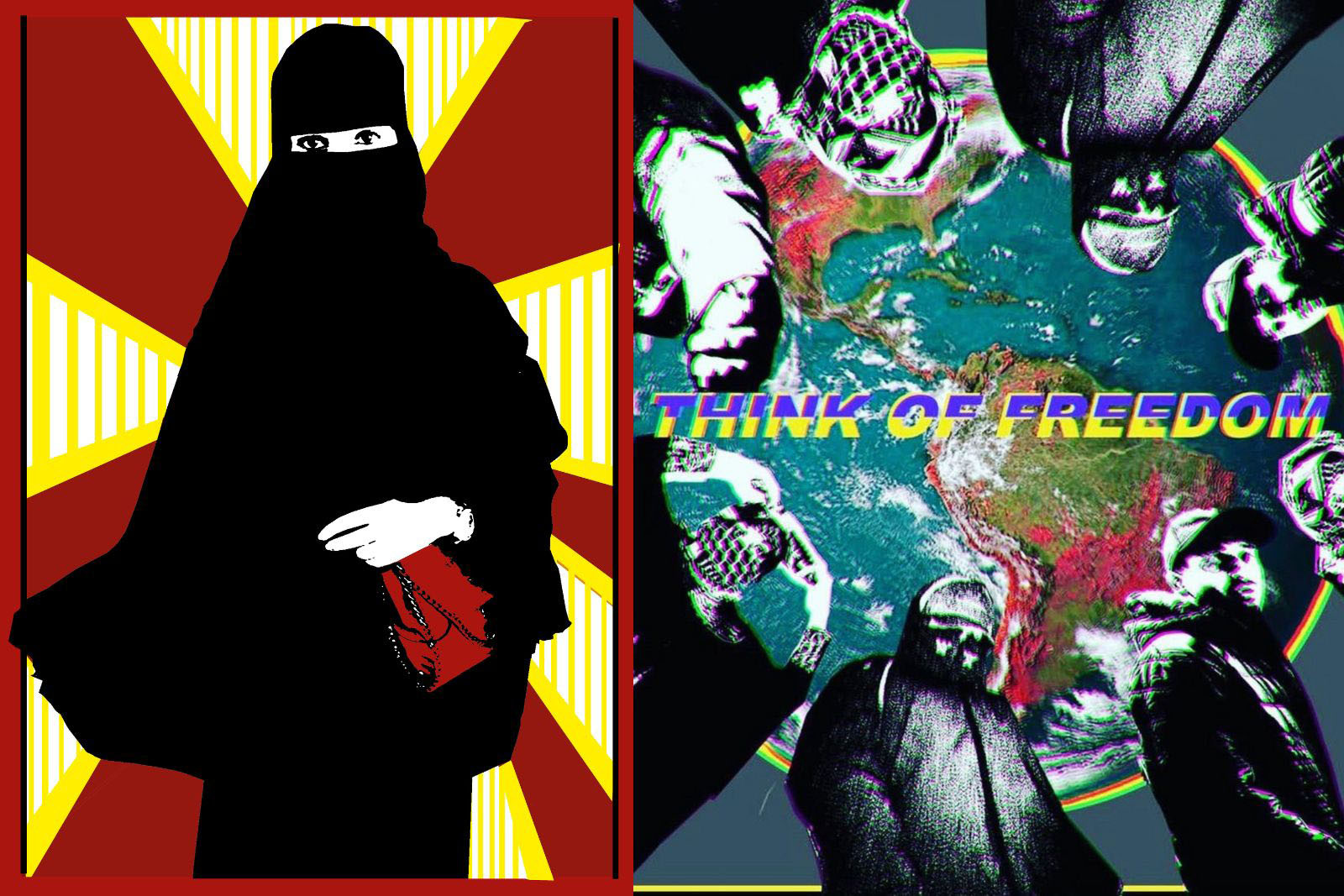
Fashion platform 3EIB and designer Kazna Asker team up for a scarf customisation project and speak about their relationship to the garment
Four Moroccan women dressed in traditional clothing stare directly at the camera, holding scarves that cover the lower half of their faces. Their mouths may be hidden, but their expressions exude a quiet sense of dignity and defiance.
“Scarves have become these very visible markers of identity, whether that is religious, cultural identity, or political affiliation,” explains British-Palestinian curator Dania Arafeh, who runs the fashion platform 3EIB.
The original photograph was captured by Irving Penn during his visits to remote Berber villages in the south of Morocco between 1970 and 1971. Decades later, British-Yemeni fashion designer Kazna Asker superimposed the photograph onto Arabic script for her Think of Freedom series, asking the viewer to “listen to the woman”.
It embodies the heart of 3EIB’s and Asker’s upcoming textile workshop, Embroidering Female Folklores and Cultures of Resistance, taking place on 18 October at the Whitechapel Gallery in east London.
Part of artist Joy Gregory’s Fierce and Fearless textile installation, the upcycling project invites participants to customise their scarves with vinyl cuttings of important historical Muslim women, from Queen Sheba to Fatima Al-Fihriya. There will also be fabric from Asker’s sold-out collections, freehand doodles drawn by Arafeh’s grandfather, and stencils of Palestinian symbols of resistance.
“The idea is that by the end of the session, everyone will be able to walk away with their own embellished scarf as a symbol of solidarity, community and connection,” says Arafeh.
Both Asker and Arafeh are interested in how the scarf has been turned into a political symbol, but also how it can act as an ideological unifier. “The keffiyeh has always been a political statement, because it’s always been inherently connected to the land and to the people of Palestine,” says Arafeh.
“What’s been amazing to witness in the last two years is the increased understanding of this scarf, and of its meaning, and for it to become a symbol of immediate solidarity.”
3EIB — pronounced “ayb”, the Arabic word for shame — was founded in 2023 as a way of bringing together brands from the south-west Asia and north Africa region. “It’s a word that’s historically been used to control and oppress anyone who deviates from the socially prescribed norms of acceptability,” explains Arafeh.
“There’s a strong feminist legacy and history dismantling this word and reclaiming it as a symbol of expression and freedom of speech, and really pushing and challenging what it means to be Arab and Muslim — and an individual in society that’s essentially challenging the norms,” she says.
It’s something Asker has always put at the centre of her work as a designer, describing Muslim women as her “main muse”. “People think that with modesty, we’re oppressed, but this was showing the ‘cool’ side of the hijab and the abaya — how the women are empowered by it, and challenging the narratives we see in the news,” Asker says of her earlier work.
Asker was the first designer in Central Saint Martins College of Art’s history to present a hijabi collection. “The hijab was never politicised in my life; it was very normal. It wasn’t until conversations with other students and tutors that I saw how other people view it,” she recalls.
“I feel like it’s always the men discussing whether women should wear it or not, or politicising it.”
Of her own decision to begin wearing the hijab, she recounts being inspired by a Rastafarian family she lived with during an internship in the Netherlands. “They would wear their culture so openly, and every time we would go out together, people would stop them and say how beautiful they are. I realised it was because they were so confident in their beliefs and what they were,” says Asker.
“When I landed back in England, I started wearing the hijab the next day. Subconsciously I was like, ‘When I want to walk into a room, I want people to know that I believe in something beautiful’, and I felt like that was the best way for me to express it.”
Arafeh recalls finding old photographs of her grandmother in her youth and was shocked to discover that neither she nor her sisters wore the hijab.
“I’ve only ever known my grandma as a hijabi woman and as a religious woman,” she says. “We have all of these stereotypes and judgments around the hijab, but actually, everyone can be different versions of themselves at different points in their lives.”
For both Arafeh and Asker, hosting workshops such as this one goes beyond showcasing art and fashion. “We always want to be aware of the legacy of these practices within our culture and the important role that women play throughout our cultural histories,” says Arafeh.
“In most of our cultures, embroidery and women play a big part in craftsmanship,” Asker adds. “Sometimes fashion is just seen as aesthetics, but there’s so much storytelling behind cultural dress and cultural fabrics.”
The Fierce and Fearless textile installation is on at the Whitechapel Gallery until 1 March 2026.
 Newsletter
Newsletter

